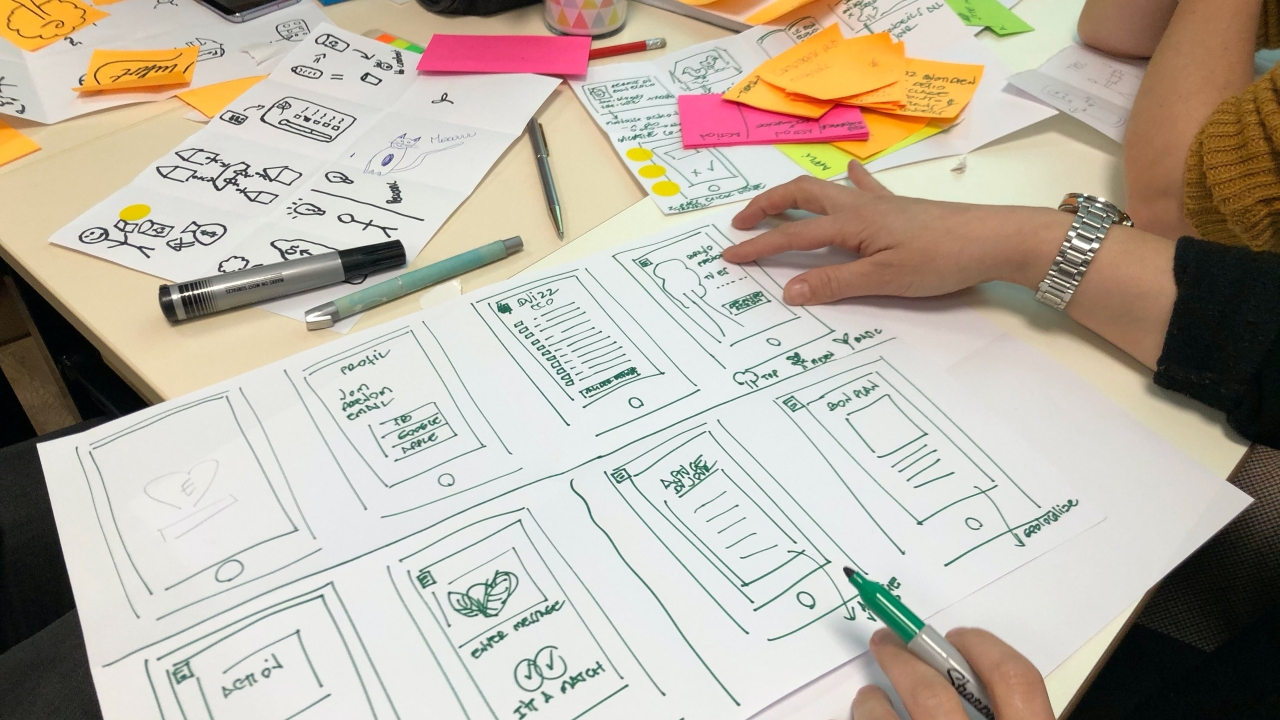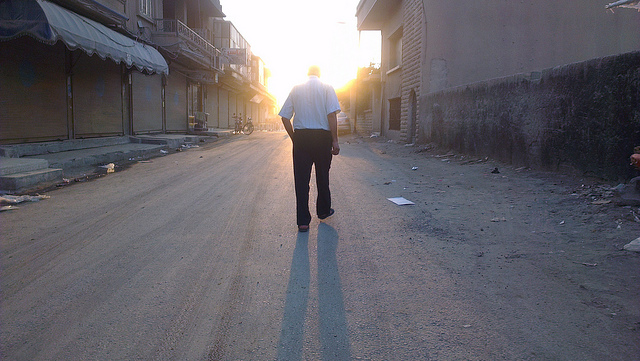
Creativity is a persistent endeavor
Originally posted on The Horizons Tracker.
It can be tempting to think of creativity as something that arrives in a flash of inspiration, after which solutions immediately appear to our most pressing problems. Of course, the reality isn’t really like that. For instance, a few years ago researchers1 from the University of Reading highlighted that innovation tends to be a far more iterative affair.
The study found that a series of steady improvements via trial and error is key to innovation over a prolonged period of time, and that great, sudden leaps are pretty rare. As such, perspiration is likely to be as important as inspiration, and this is confirmed by a second study2 from the Kellogg School.
Creativity cliff
The researchers wanted to explore whether there is any truth in the belief that our creativity declines with time. They found that not only is this largely a myth, it’s also a self-defeating myth as the more we tend to believe it, the fewer ideas we create.
“People think their best ideas are coming fast and early,” the researchers say. “In fact, you’re either not seeing any drop-off in quality, or your ideas get better.”
The hypothesis was tested with a group of 165 people, all of whom had previously worked in the charity sector, were asked to complete an online brainstorming task. Before they got going, they were asked to predict how creative they would be in each minute of the five-minute-long task.
The task, which required them to generate new ideas for increasing donations to the chosen charity saw each participant motivated by the prospect of winning $50 via a lottery that is chosen from each idea that the participants came up with. A second group of volunteers was then used to rate the creativity of the ideas generated by the first group.
Mistaken perceptions
Interestingly, the participants were nearly all mistaken about their own creativity, as they consistently thought that they would get less creative as the session went on, perhaps as a result of exhausting their supply of good ideas. The reality, however, was quite the opposite, and their creativity, as rated by the second group, actually grew.
The authors argue that we tend to make this mistake because we muddle up the ease with which we can generate ideas with the quality of them. Those early moments of ideation are often typified by a burst of activity as our brain plucks the proverbial low-hanging fruit. Later on, we’re forced to give far more consideration to the ideas we generate and so it can appear as though our creative juices have become gummed up.
This hypothesis was tested in a second experiment that followed the same format as the first, albeit with new participants. Rather than predicting how creative they might be before the experiment, however, this time they predicted their creativity afterward instead.
Even with this change, however, the volunteers still regarded their creativity as declining as the task progressed, even though the ideas that came later on were consistently regarded as being of higher quality by the judges.
In the real world
This phenomenon was then tested in a real-world setting, with volunteers recruited to participate in a cartoon-caption competition. The winner of the competition would receive $150, with the judging performed by three professional comedians, who would judge the submissions for funniness and novelty.
Each of the participants was given 15 minutes to generate as many ideas as they could, but they could stop at any time if they felt they had exhausted their inspiration. Alongside the contest, each volunteer was asked to complete a questionnaire that quizzed them on their beliefs about creativity.
As before, those who were of the opinion that the best ideas come when ideas flow most freely tended to submit not only poorer quality captions but also fewer of them. In other words, their belief that their creativity faded over time became self-fulfilling.
Changing the record
The final experiment set out to understand whether this heuristic could be changed with experience. After all, if we have actual experience of our creativity flourishing over time then it must surely banish the heuristic of the creative cliff from our minds?
This hypothesis was tested with a group who were asked to say how often they’d used their creative skills at work. They were then asked to perform the same brainstorming task as the group in the first study, while also predicting their creativity during each minute of the task.
The results show that those who are rarely creative at work were just as likely as their peers in the first experiment to believe in the creativity cliff. This was not a trap those with more experience of creativity fell into, however. They were far more inclined to think that creativity would endure throughout the experiment.
“It’s really people who are in the trenches doing creative work that learn this lesson,” the researchers say.
Why persistence matters
Perhaps a reason for our belief in the creativity cliff is that we assume that creativity is the process of generating completely unique ideas. The reality is that creativity and innovation are far more likely to be “recombinative”, or a process whereby we are constantly tinkering and building on what has gone before.
While the Kellogg research was conducted over a very short timeframe, this process is even more prevalent when innovation is viewed in the longer term. As Edison famously remarked, “I have not failed, I’ve just found 10,000 ways that won’t work.”
While following our instincts can be hugely beneficial, this is a good example of how they can cause us to stop trying when persistence can yield excellent results. If we’re striving to be creative, therefore, it’s crucial that we resist the urge to quit and keep plugging away.
Article source: Creativity Is A Persistent Endeavor.
Header image source: Amélie Mourichon on Unsplash.
References:






